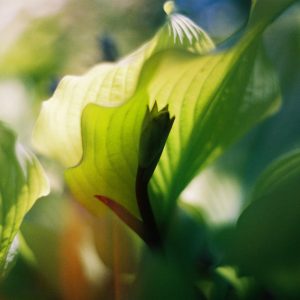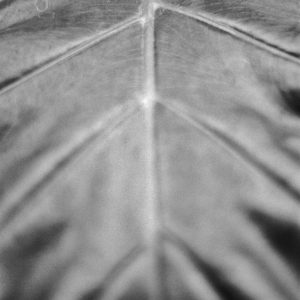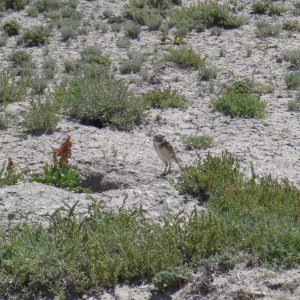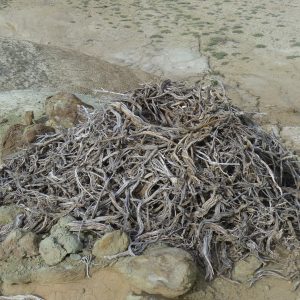Relative to most other CLM interns, I got a bit of a late start on my actual work with the BLM’s Buffalo, Wyoming field office. My internship began in mid-June: the first two weeks were a blur of training courses – federal computer protocol, first aid, defensive driving, ATV operation, UTV operation, office navigation (it’s a labyrinth in there), and crash courses on the functions and responsibilities of the BLM, as my co-intern and I both come from states where the BLM essentially doesn’t exist. Then, week three involved yet more training – the CLM training workshop at the Chicago Botanic Garden! Though I fully recognize the necessity of our almost-month of training and value all that I learned during that period, it was a bit of a relief to return to Buffalo (after an awesome side trip to the Badlands!) and finally get working.
I have now been doing range monitoring for a few weeks, which basically means analyzing the health of plant life on BLM rangeland allotments. This information is used to determine the activities that lessees can undertake on BLM allotments – the number of animals that ranchers can graze, the levels of mining and drilling that are permitted, and so on. Strangely, though I’m done with my official BLM training, I’m still learning new things at about the same rate as during my first three weeks as an intern. Right now, it’s plant stuff. I never thought I would know so much about how to tell different grasses apart. Needle-and-thread grass or green needlegrass? Crested wheatgrass versus bluebunch wheatgrass versus western wheatgrass? I’ve got it covered – no seedhead needed. Usually. I get to geek out every day over ligules and clasping auricles, and it’s amazing.
But aside from grass characteristics, I’ve also taken in a wide range of other useful information over the last month and a half. For instance, Buffalo is a town brimming with Basque culture that bubbles over once every four or so years in an exciting festival featuring a sheep wagon parade and wine-squirting contests. I’ve found that modern cowboys generally do not ride horses, but have instead moved on to ATVs. Rattlesnakes don’t always rattle (don’t worry – I didn’t learn this by experience, only hearsay). Laundromats are great places to make new friends. Bluegrass music is really fun to dance to. Small towns can actually be quite exciting. And pretty much every experience out here is an opportunity to learn something new – in other words, to keep training.
Kate Wright
Buffalo, Wyoming























